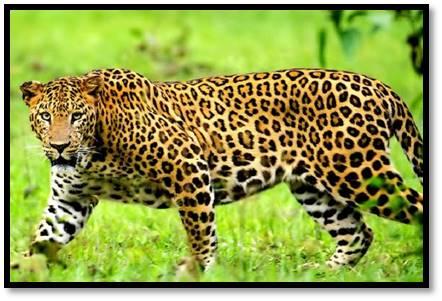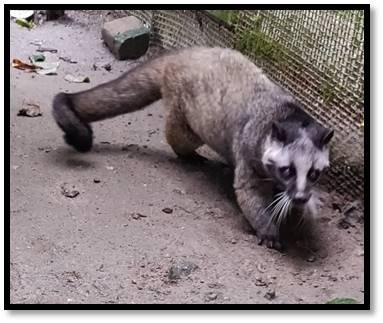Background and Aim
Background

Red pandas are endangered species and not much is known about their behaviour. This master’s thesis is an explorative Study to find out how Red Panda’s react to carnivores that occur in the same or similar habitat as themselves. Predator recognition and risk assessment is very important for survival of individual. Knowing how red panda react to other species around themselves is very important for planning the future conservation actions for captive Red pandas.
Carnivore recognitions can shape the anti-predatory mechanism and co-evolutionary behaviours in a species. And this behaviour is highly dependent on the carnivore species, the risk they assert on the red pandas and the way red pandas perceive this risk. Previous studies with other species have found that, the study species can recognize carnivores from their excretions due to presence of certain metabolites. The presence of metabolites is highly dependent on the diet, age and health status of the carnivore. Therefore a complex chemical message perceived by the studied species will aid them in also assessing the risk associated with the odour of the excretion.
I have used urine from Common leopard (Panthera pardus), Clouded leopard (Neofelis nebulosa), Jungle cat (Felis chaus), Leopard cat (Prionailurus bengalensis) and Himalayan/ Masked palm civet (Paguma larvata) for my experiments. All of these carnivores are found in same or similar habitat as Red panda. Red pandas may encounter these carnivores on ground or in trees. Red pandas are medium sized mammals, who are taxonomically placed in Order Carnivora but 95-99% of the time they eat plant matter. Therefore is not predictable whether they will react like prey species or like other carnivore species to the odour of other carnivore species found in their habitat.
Aim

My aim is to record the initial behaviour response of red pandas to the carnivore odours presented to them and compare the response to a near odourless control substance (water).
Responsible for this page:
Director of undergraduate studies Biology
Last updated:
05/24/19
